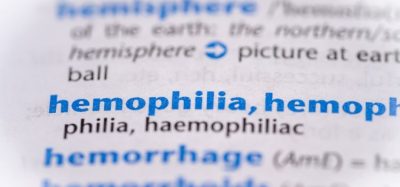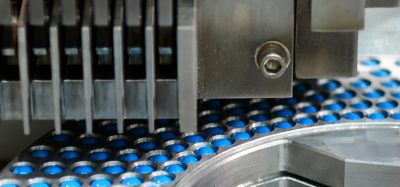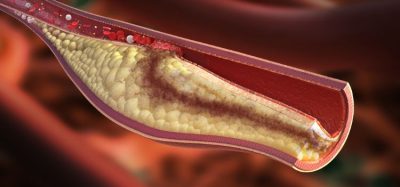UV-based PAT could enable continuous protein purification
Posted: 8 September 2022 | Hannah Balfour (European Pharmaceutical Review) | No comments yet
A multi-wavelength UV-based process analytical technology (PAT) could significantly reduce downstream protein purification timelines.


Researchers have developed a simple, fast and cost-effective ultraviolet (UV) spectroscopy-based method that could act as a process analytical technology (PAT) to enable integrated or continuous downstream protein purification operations.
As the industry works to establish continuous bioproduction/bioprocessing in hopes of realising the benefits of reduced process costs and increased flexibility to cope with demand, the development of PAT tools that can provide real-time measurements and support real-time process control is required.
Downstream bioprocessing is a particularly desirable stage to intensify. For monoclonal antibodies (mAbs), downstream processing typically involves multiple chromatography steps to capture the therapeutic protein or reduce/remove impurities. Each unit operation has a target protein concentration, which is typically estimated through manual mass balance calculations and verified offline with a benchtop UV spectrophotometer. Protein concentration is essential for the pooling of chromatography columns (pooling is the retrieval of substances from a chromatography column), as well as estimating step yield.
The offline UV measurements not only add significantly to the production timeline, as the process must be paused to enable these checks but can fail to quantify larger protein concentrations, as the single UV absorbance signal becomes saturated, preventing scientists from deciding on where to pool the process chromatography peak
In a study published in the Journal of Pharmaceutical and Biomedical Analysis, researchers sought to overcome these challenges by developing a multi-wavelength UV-based PAT tool. Using both a flowing sample and stable absorbance regions, the researchers were able to overcome the saturation challenges, while also retaining a detectable signal at lower concentrations.
Ramakrishna et al. showed that their tool was able to provide on-line concentration estimation within the range of 0.8 to 100 g/l without the need for dilution, accounting for many of the typical process outputs for mAbs (1-5 g/l for cation exchange chromatography, 20–25 g/l in affinity chromatography and up to 200 g/l for tangential flow filtration [TFF]).
The model was validated for rapid quantification of protein concentration using chemometric tools and was shown to produce comparable values to those measured with an existing offline UV method (R2 of >98 percent).
In online testing, the PAT tool exhibited less than eight percent variability and was effectively used from capture to formulation to enable dilution-free online concentration measurement of mAbs.
Key benefits of the tool are that, according to the authors, it “does not require any major change in infrastructure in the laboratory or capital investment at the manufacturing facility”.
Ramakrishna et al. added: “We have demonstrated how the proposed approach will ensure better process control, reduced risk of batch failure by enabling real time control, improved productivity, ease of operations, reduce costs and pave the way for continuous processing in downstream operations.”
Concluding the paper, the authors stated: “The proposed tool is a simple, low-cost alternative to other methods and could enable integrated/continuous operations throughout the downstream train.”









